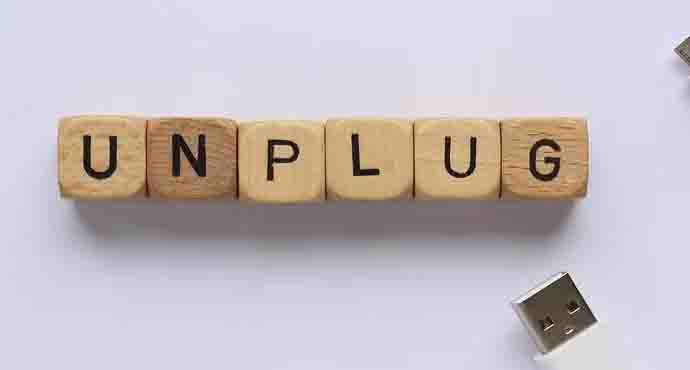In today’s modern homes, many electronics and appliances continue to draw power even when turned off. This phenomenon, called standby power or “vampire power,” may seem minor, but it can account for up to 10% of a household’s total electricity use. While each device consumes only a small amount, the cumulative effect over weeks and months can noticeably increase energy bills.
Common offenders include coffee makers left plugged in overnight, idle printers, and chargers left connected without devices attached. Individually, these may appear insignificant, but combined, they create a constant, hidden energy drain. Larger appliances like refrigerators and washing machines must remain plugged in to function properly, but smaller electronics are prime candidates for unplugging when not in use.
Completely unplugging devices doesn’t have to be inconvenient. A practical solution is to target items that aren’t needed continuously and use switched power strips or smart plugs. These tools allow multiple devices to be powered down at once, simplifying the process and saving energy with minimal effort.
Besides reducing electricity costs, unplugging also improves safety. Old or damaged cords and appliances left connected can increase the risk of electrical fires. By unplugging unnecessary devices, you reduce potential hazards while promoting a more energy-efficient household. Ultimately, unplugging strategically is an easy way to save money, protect your home, and cut down on energy waste. By focusing on standby power users, you can create a safer and more efficient living environment without drastically changing your daily routines. Small, mindful actions like this add up over time, benefiting both your wallet and the planet.




